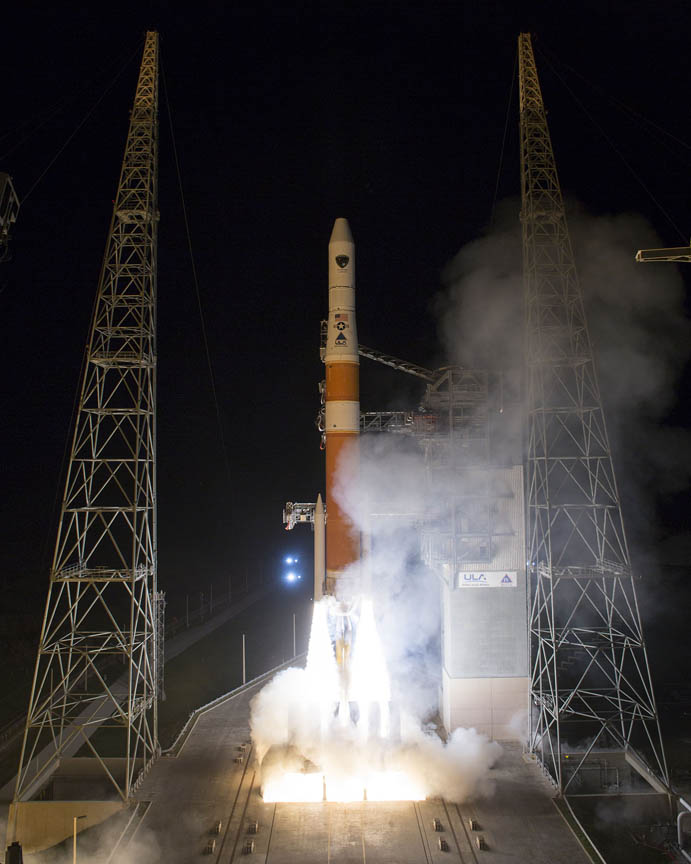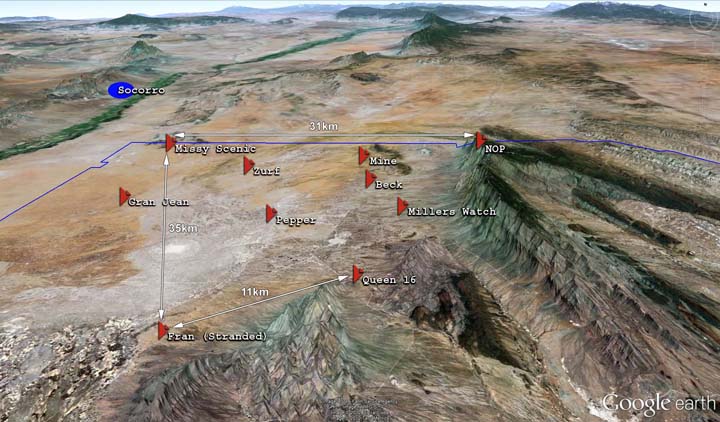The U.S. Air Force has awarded Lockheed Martin a $238 million contract for production of the third and fourth satellites in the next-generation GPS constellation, known as GPS III. The acquisition of the next two GPS IIIA satellites at one time will allow the Lockheed Martin-led team to maximize efficiencies in satellite manufacturing.
The U.S. Air Force has awarded Lockheed Martin a $238 million contract for production of the third and fourth satellites in the next-generation GPS constellation, known as GPS III. The acquisition of the next two GPS IIIA satellites at one time will allow the Lockheed Martin-led team to maximize efficiencies in satellite manufacturing.
"GPS is a global gold standard, providing accurate, reliable, continuous, free worldwide positioning, navigation and timing (PNT) services," said Col Bernie Gruber, director of the U.S. Air Force’s Global Positioning Systems Directorate. "As the need for more capability increases, GPS III will allow us to affordably sustain and modernize the constellation by providing increased capabilities incrementally to better meet current and future needs."
In May 2008, the Air Force awarded Lockheed Martin an initial contract to design, develop, and build the first two GPS III satellites. The contract also includes options for up to 10 additional spacecraft. The Air Force has plans to build up to 32 GPS III satellites, including planned GPS IIIB and IIIC versions.
“The government has mapped an extremely sensible acquisition strategy for GPS III, and we are focusing on executing the program to deliver these much needed capabilities to billions of users around the word,” said Mark Valerio, vice-president and general manager of Lockheed Martin’s Surveillance and Navigation Systems line of business. “As we produce more GPS III satellites, we aim to continually reduce the cost and cycle time of each space vehicle to ensure we deliver the greatest value to the Air Force.”
Lockheed Martin received the core structure for the first GPS III satellite at its Stennis, Miss., facility in August, and is now integrating the space vehicle’s flight propulsion subsystem. The integrated core propulsion module will be shipped to Lockheed Martin’s GPS Processing Facility (GPF) in the summer of 2012 and will then undergo final assembly, integration and test in order to meet its planned 2014 launch.






